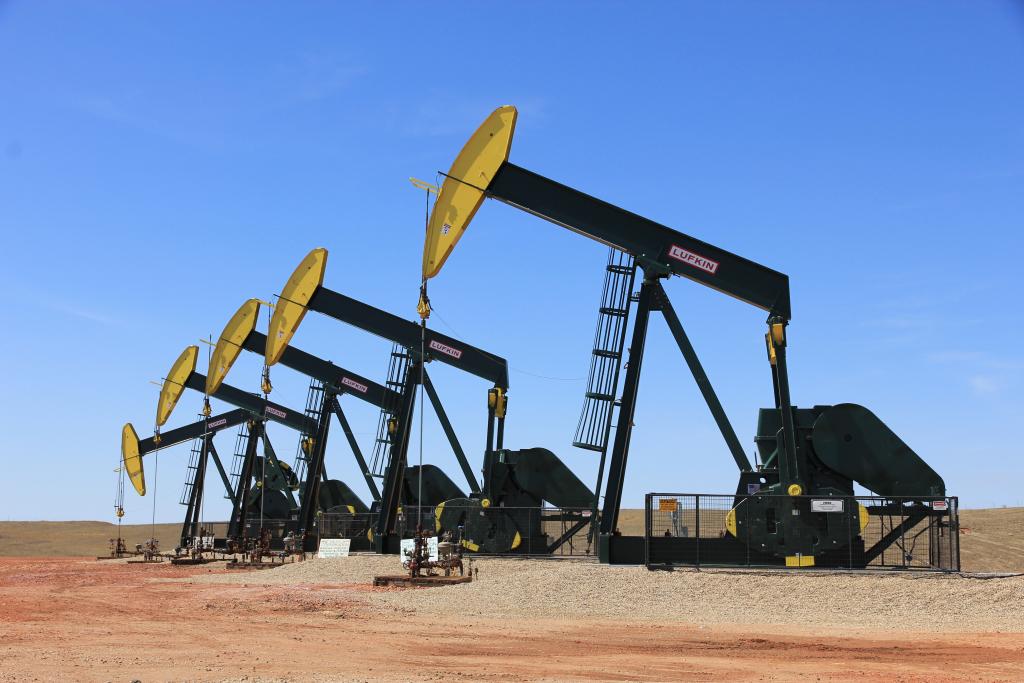
Discover the titans of the shale oil and gas industry. With the U.S. at the forefront, see how other countries measure up in the global race for energy supremacy.
Shale oil and gas have revolutionized the energy sector, offering countries new opportunities to harness natural resources. Among the leaders, the United States stands out as a powerhouse in both shale oil and gas production. This dominance stems from extensive deposits and advanced extraction technologies. However, the landscape of shale reserves is not limited to the U.S. alone; other countries also hold significant potential that could alter global energy dynamics.
In 2015, the U.S. Energy Information Administration (EIA) provided an important update on the world’s shale oil and shale gas resources, confirming the U.S. as the leader in tight oil reserves. Tight oil, found in low-permeability rock formations like shale, requires sophisticated extraction techniques such as hydraulic fracturing – or fracking – combined with horizontal drilling. This method has established the U.S. as a leader in shale extraction.
Here are the top ten countries with the largest technically recoverable shale oil resources, according to EIA data (in billion barrels).
- U.S. – 78.2
- Russia – 74.6
- China – 32.2
- Argentina – 27.0
- Libya – 26.1
- United Arab Emirates – 22.6
- Chad – 16.2
- Australia – 15.6
- Venezuela – 13.4
- Mexico – 13.1
Contact DW Energy
Want to learn more about oil & gas investing? Our expert team can provide you with more information or schedule a consultation to talk about diversifying your investment portfolio.

These rankings highlight areas with vast tight oil resources, which are economically viable to extract depending on oil prices. Each country’s potential varies, influenced by geological, technological, and economic factors.
While the U.S. excels in tight oil, China has emerged as the leader in shale gas resources. Developing these resources, however, presents unique challenges, particularly in water-scarce regions. For example, some of China’s shale gas is located in arid areas, complicating the fracking process, which requires substantial water input.
Despite these challenges, China’s surging energy needs have driven significant investment in shale gas development. The country marked its entry into shale gas exploration in June 2011 with its first round of bidding. Legal reforms have since allowed private companies better access to these resources, transitioning their classification from a “natural resource” to an “independent mining resource.” By March 2014, China had commenced its first major commercial shale gas production.
The involvement of countries like Argentina and China not only diversifies the global shale landscape but also signals the potential for a broader international shale boom. As the U.S. continues to develop its shale resources, the global market may see increased competition and collaboration in the pursuit of energy security and economic growth.
For investors, understanding the geographical and technological aspects of shale reserves is key. It is wise to monitor developments in extraction technologies, regulatory changes, and global oil prices, as these factors can significantly impact the profitability of shale investments.
The global shale oil and gas sectors are dynamic and evolving. With the U.S. currently leading the way, other nations are rapidly advancing their capabilities and resources. For investors, staying informed and adaptive to changes in the industry is essential to leverage emerging opportunities. As nations tap into their shale resources, the global oil and gas production landscape is poised for significant transformation.
Tips for Qualified Investors:
- Stay updated – Keep updated on technological and regulatory developments in key shale-producing countries.
- Risk assessment – Consider environmental and economic factors that affect the feasibility of shale projects.
- Diversify investments – Consider diversifying your portfolio through strategic partnerships within the industry to help manage risks associated with fluctuating oil prices and geopolitical tensions.
This understanding of global shale oil and gas reserves not only informs investment strategies but also shapes expectations for the future of the energy sector worldwide.
Contact dw energy
Sources:
“World Shale Resource Assessments,” U.S. Energy Information Administration, https://www.eia.gov/analysis/studies/worldshalegas/“
Technically Recoverable Shale Oil and Shale Gas Resources: An Assessment of 137 Shale Formations in 41 Countries Outside the United States,” U.S. Energy Information Administration, https://www.eia.gov/analysis/studies/worldshalegas/archive/2013/pdf/fullreport_2013.pdf
